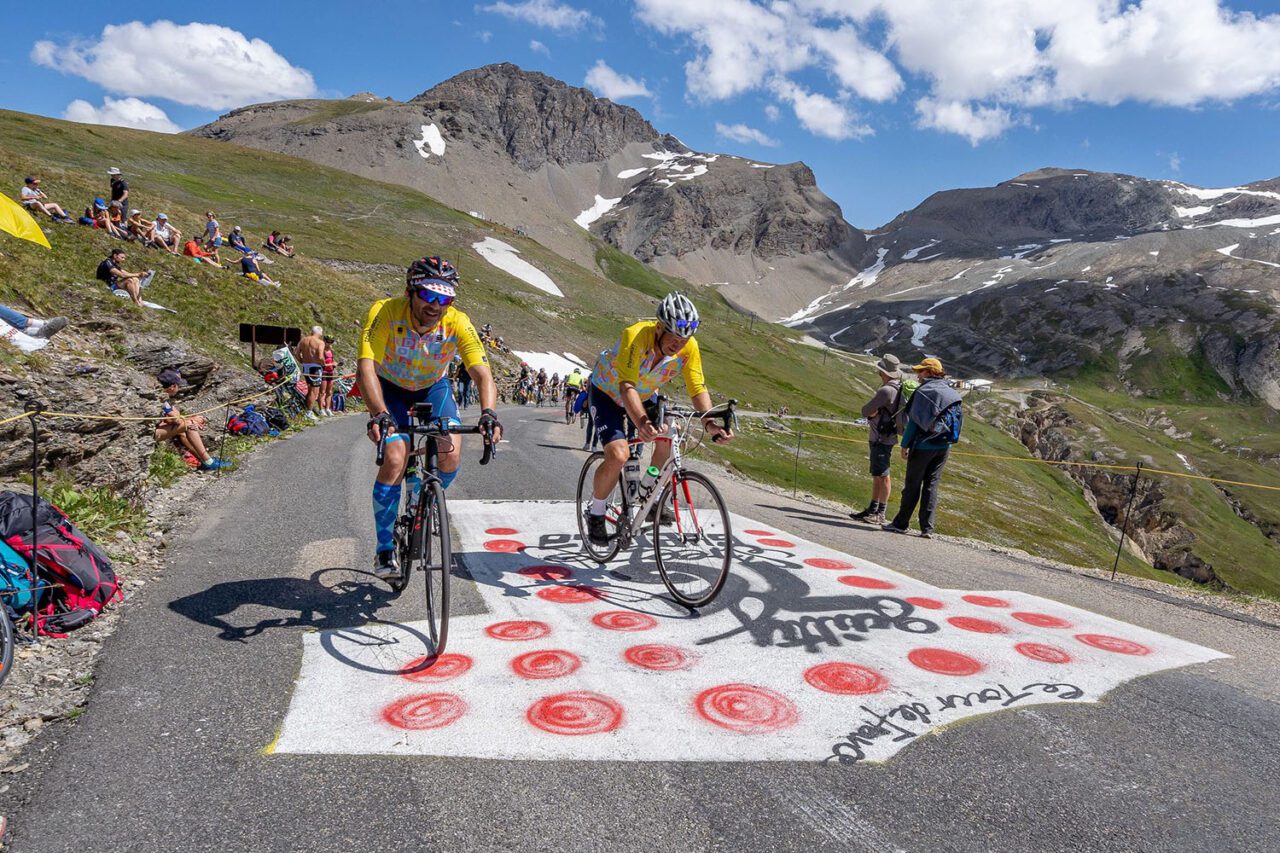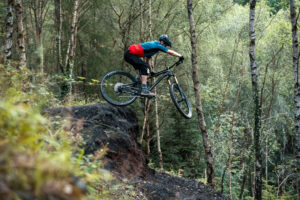How to train for big European climbs in the UK

Image provided by Thompson Bike Tours
Riding a bike in the UK is, generally speaking, really great. We have a number of options when it comes to terrain and we aren’t exactly short of hills. The one thing the UK doesn’t really have in its topographic palmares is any really long climbs. Sure, we have some big-ish hills but nothing like what you can find in the Alps or Pyrenees. Every year, many brits head abroad to race or ride these climbs, whether it’s an alpine holiday, a race for a European team or an organised sportive like the Etape du Tour. It’s not obvious how to prepare for these climbs from the UK though, so here’s a series of tips on what you can do.
The main factors in riding a long climb are the length of the effort, the heat and the altitude. Riding a long climb is a little like being on the turbo, you can’t stop pedalling – often for well over an hour. Of course, you’re free to dismount your turbo as and when you please. This is different from riding at home where you get regular micro-breaks due to the undulating terrain. Often, climbs are sheltered from the wind and given you are usually going quite slowly there’s no windchill – this can make long climbs very hot, especially the bottom half. Finally, the altitude can pose a significant challenge. As you reach the top, your effort will stay the same but your watts will decrease. As you move over 1000m of elevation (and many climbs in Europe go to twice this and more) you’ll notice a decrease in oxygen in the air. But how can we train for these challenges?
1. Get on the turbo
Doing continuous long efforts with no pedalling will get you used to the feeling of going uphill for ages. Doing this using a virtual cycling platform such as Zwift will help even more. If you are heading to Mont Ventoux or Alpe d’huez then these climbs can be ridden virtually before you go so you’ll know what to expect. Knowing where the steep sections are (and aren’t) can really help morale – knowing that a climb doesn’t stay hard the whole way up can be a great boost for morale. If you have a smart trainer, you can also practice gear selection.
2. Get hot
This is something you’ll also need your turbo for, especially during winter and spring. Riding in the heat has a number of benefits and will significantly boost your fitness. Getting hot while you train has been shown to increase blood plasma volume – which is good for performance. This will also help you acclimatise to the heat, the alps can be very hot at times in the summer. My wahoo once measured thirty-eight degrees on a climb out of Morzine! Preparing for the heat and practising a hydration strategy appropriate to your sweat-sodium losses will work wonders on the long climbs of mainland Europe.
3. Enter a time trial
This might sound a bit counterintuitive (as they’re usually pretty flat) but nothing teaches you to measure your effort like entering a time trial. Most people struggle on long climbs because they set off too fast. A long climb should be slightly negatively split – build into the effort slowly. Doing a couple of time trials, either virtually or in real life, will help with this. We’ve even got a handy blog about time trialing for you to check out. One of the best things about cycling in the UK is our rich TT culture!
4. Buy a power meter
This couples nicely with tip number three. Buying a power meter will help you gain a real understanding into your current levels of fitness. This means you’ll know what power you can sustain for a given length of time meaning you’re much less likely to over-pace the bottom half of the climb and blow up. Giving yourself a power cap for the climb can also help. This will stop you from going into the red. Knowing what numbers you’re able to do for the duration of a climb is essential – setting off too hard will come back to bite you.
5. Ride your bike
This is the most important tip by some margin. The thing that makes climbs easier is being fit. The easy way to get fit is by riding your bike as much as you can. If you hit the bottom of the climb in good shape you’ll find getting up it is actually not that bad. With a decent amount of fitness and a compact chainset anyone can ride up pretty much any climb. Not only this but riding your bike a lot will familiarise you with how it feels around corners. Every climb is coupled with a descent and knowing how to handle your bike well makes these enjoyable.
Training for climbs from the UK is not perfect, but plenty of great climbers have been Brits. This includes grand tour winners like Wiggins and Yates. To get good on the cols for your next European adventure you just need to get as fit as possible, prepare for the elements and learn how to measure your effort. There’s not too much we can do for the altitude, you just need to be aware of the effect it may have on you. Most importantly though, to prepare to ride in the mountains you must simply ride your bike!
What comes up, must come down. To give you peace of mind on the alpine descents check out Yellow Jersey bicycle insurance here to see that you’re covered!







